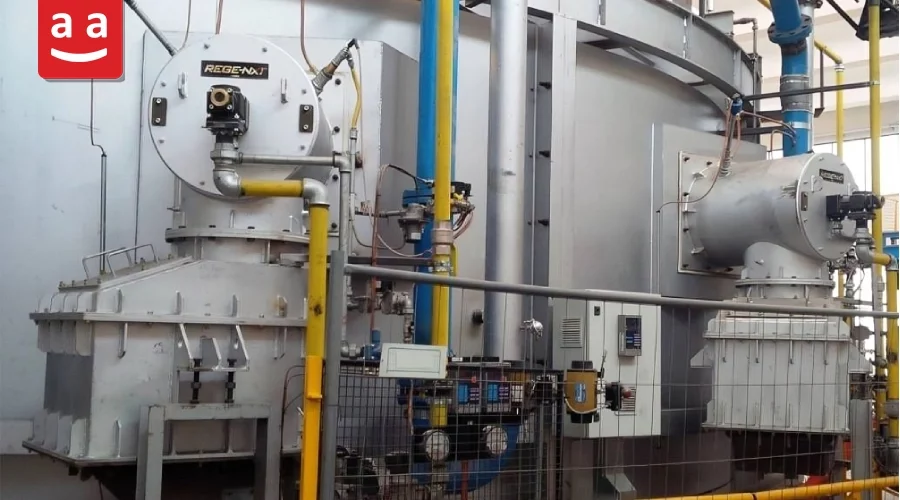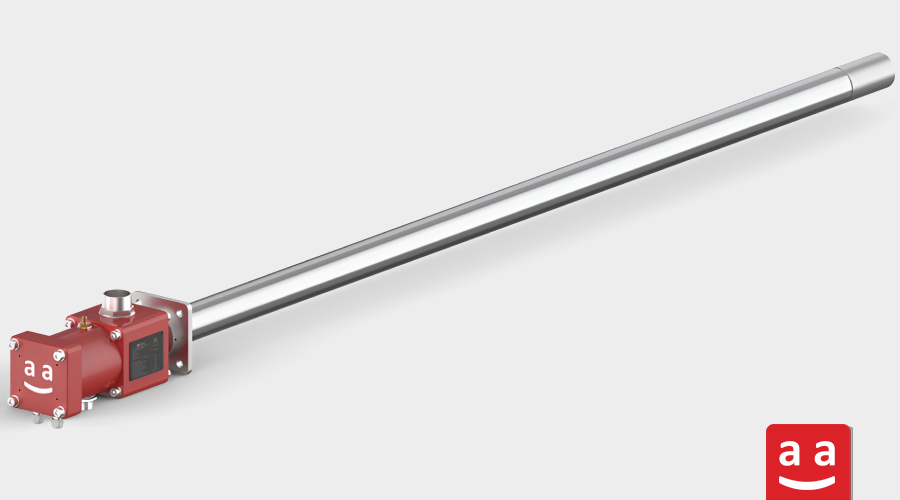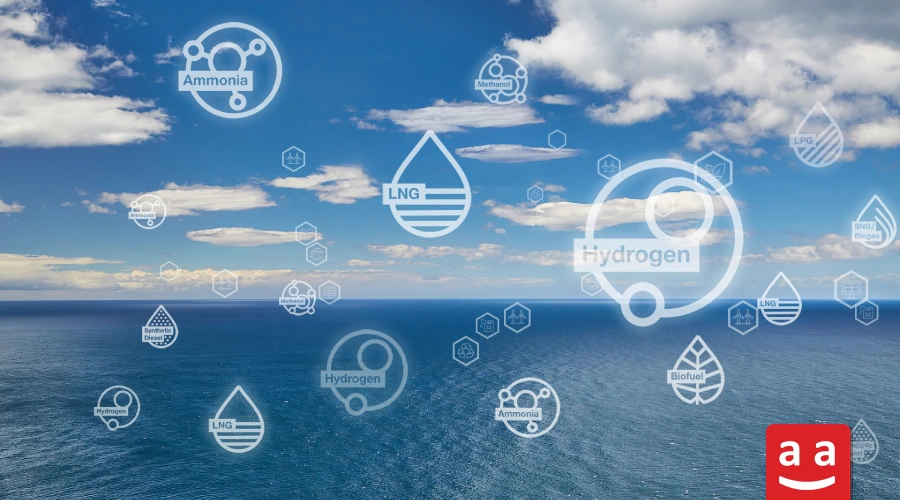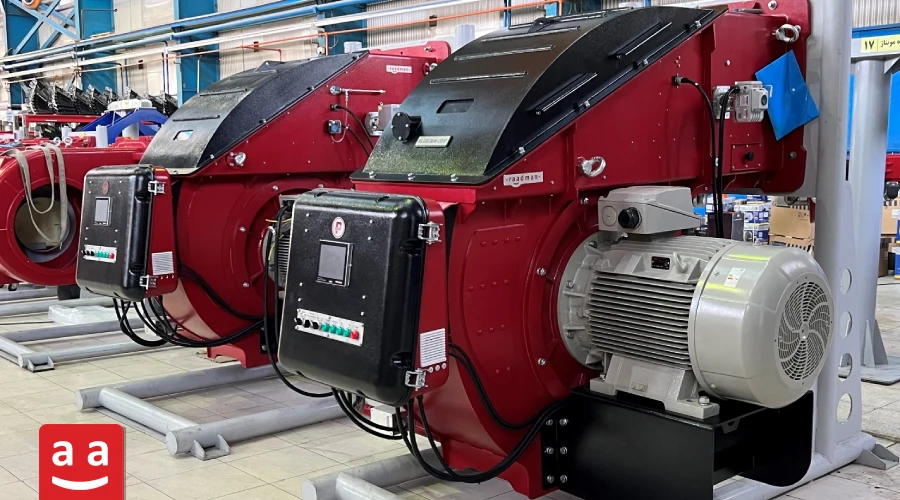As an efficient solution for optimizing combustion processes, regenerative burners play a crucial role in reducing energy consumption and pollutants. Today, environmental limitations related to the emission of pollutants and greenhouse gases have forced industries to further optimize their combustion and heating processes. On the other hand, in an era of rising energy prices and depleting fossil fuel resources, it is essential to give special attention to the optimization of these processes. One of the solutions for improving energy efficiency in combustion systems is the use of preheated air
Increasing the temperature of the inlet air significantly reduces fuel consumption and carbon dioxide emissions while improving efficiency. Various methods can be used to preheat the air, one of the most efficient of which is the regenerative burner system. This article examines regenerative burners, their operation, and their applications in industry.
What is regenerative burner?
A regenerative burner is a type of combustion heating system that recovers waste heat with very high efficiency in industrial furnaces. Due to its significant impact on fuel consumption reduction, it serves as an effective solution for cost savings, energy optimization, and CO2 emissions reduction. This technology has found widespread application, especially in high-temperature industrial furnaces such as rolling furnaces, forging, heat treatment, melting, baking, and other similar furnaces.
For more information on the types of furnace burners and their applications in industrial furnaces, it is recommended to read the article “A Complete Overview of Industrial Furnace Burners“.
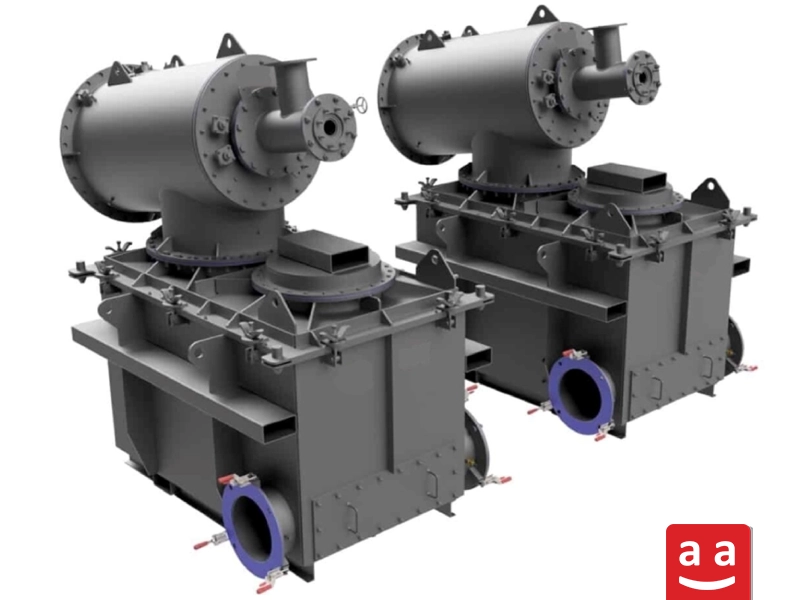
Operation of Regenerative Burner
Regenerative burners typically work in pairs: one in the active mode and the other in the recovery mode, operating alternately in short intervals of a few seconds. In this system, when one burner is active, the hot gases produced by its combustion exit through the second burner after heat exchange in the furnace. These gases heat the heat reservoir of the second burner, storing thermal energy within it.
Then, the first burner is turned off, and the second burner is activated. In this mode, the combustion air passes through the heat reservoir of the second burner, which has already been heated, and absorbs the stored heat. This process recovers the heat from the exhaust gases that would typically be wasted, creating a system with high efficiency.
The heat reservoir of a regenerative burner is typically a porous ceramic medium designed to withstand high temperatures and ensure rapid heat transfer. A common example is a chamber filled with alumina balls. As hot combustion gases pass through the balls, they transfer their heat and are then directed to the chimney.
Exhaust gases at around 1200°C can preheat the incoming combustion air to at least 1000°C. This highly efficient process can reduce fuel and energy consumption by up to 50% compared to conventional burners.
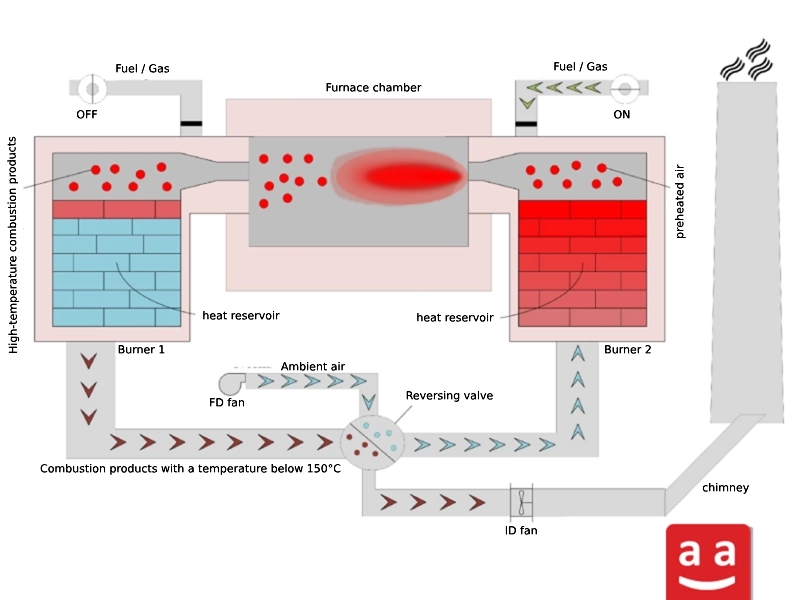
Features of the Regenerative Burner System
Although regenerative burners have a relatively high initial cost, their outstanding features and advantages make them an excellent choice for use in furnaces across many industries. Below are some of the most important characteristics of these burners.
Energy and Fuel Savings
The regenerative burner system can save between 35% to 50% in energy consumption, and consequently in fuel usage. However, the exact savings depend on factors such as furnace temperature, air ratio, and the operating patterns of the installed unit. It is also worth noting that reduced fuel consumption directly translates to lower costs, which can result in significant long-term economic benefits for industrial operations.
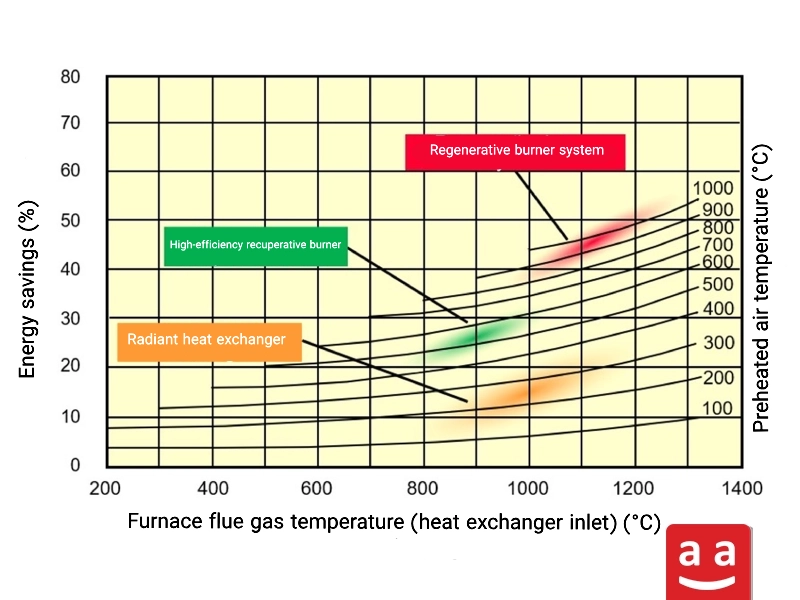
Reducing CO₂ Emissions
Enhancing efficiency and lowering fuel consumption directly contribute to a significant reduction in CO₂ emissions. Moreover, substituting liquid fuels like fuel oil or oil with natural gas can further decrease these emissions. This is especially crucial today, as countries worldwide are working to reduce the carbon footprint of industrial processes to address global warming and environmental degradation.
Beyond CO₂ reduction, it is also important to address other combustion-related pollutants, such as nitrogen oxides (NOx). For a deeper understanding of how these gases form and strategies for minimizing their impact, check out the article “NOx Formation in Combustion; 3 Key Mechanisms, and the Most Damaging Environmental Effects“.
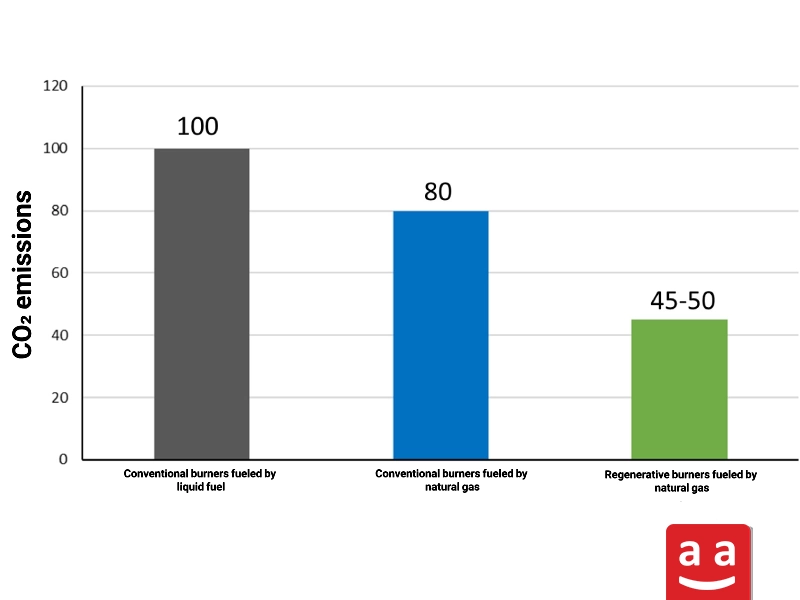
Uniform Furnace Temperature Distribution
Uniform temperature distribution in the furnace is achieved due to the homogeneous flame resulting from the combustion of high-temperature preheated air, as well as the effect of alternating combustion that stirs the furnace air. This process improves product quality while also saving time and energy.
Maintaining a Stable Temperature
Another advantage of regenerative burners is their ability to provide stable heating. The heat reservoir system ensures that the inlet combustion air is continuously preheated, helping maintain a consistent temperature throughout the heating process. This feature is particularly important for industries that require precise temperature control, such as glass production and semiconductor manufacturing.
Key Design Considerations for Regenerative Burners
Due to the distinct operation of regenerative burners, there are specific design considerations that should be taken into account. These include:
Using Low NOx Methods
Because regenerative burners use preheated air for combustion, resulting in higher flame temperatures, the likelihood of nitrogen oxide (NOx) formation is higher compared to burners that use ambient air. Therefore, design measures to reduce NOx emissions must be implemented to ensure that pollutant levels remain within standard limits. The most common methods for reducing NOx in regenerative burners are internal combustion product recirculation (Internal FGR) and staged combustion. These methods help to minimize NOx emissions while still utilizing preheated air.
Heat Reservoir
As mentioned in previous sections, the heat reservoir typically consists of a porous medium made of ceramic materials that are resistant to high temperatures and corrosion. These reservoirs must be capable of absorbing and releasing heat at an appropriate rate, as well as having sufficient capacity and low pressure drop.
Control System
Achieving optimal burner performance requires precise control of the combustion process and the burner on-off cycles. Additionally, control parameters must be finely tuned and adjusted based on the specific conditions of the furnace to ensure the system operates at peak efficiency.
Applications of Regenerative Burners
Regenerative burners are widely used in various industrial heating applications. They are especially prevalent in the glass manufacturing industry, where they play a key role in melting glass and maintaining consistent temperatures throughout the process. These burners are also employed in other industries, including food processing, ceramic production, and metalworking.

Regenerative Burner: A Key Solution for Enhanced Efficiency
The regenerative burner stands out as an innovative solution for optimizing energy usage and reducing greenhouse gas emissions in industrial heating applications. By utilizing preheated air and recovering heat, this technology not only cuts fuel consumption by up to 50% but also significantly reduces carbon dioxide emissions while boosting the performance of industrial furnaces. Consequently, regenerative burners are an appealing choice for furnaces in industries like glass, metal, and ceramics, where they can improve energy efficiency, industrial processes, and enhance product quality.



